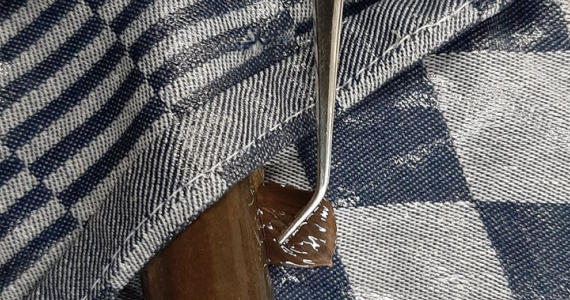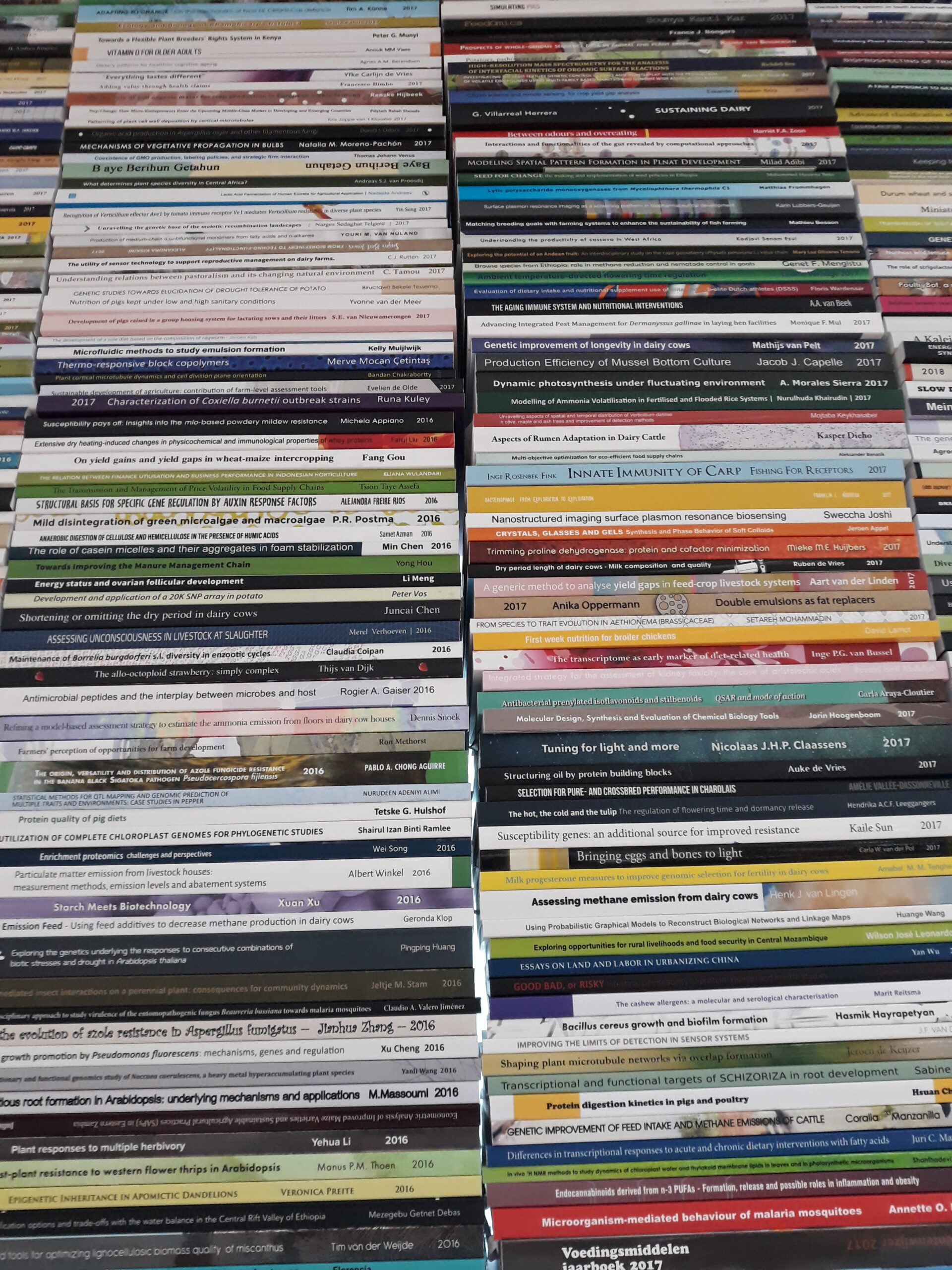A new program, called TARDIS, is revealing the movements of multiple particles in a bacterial cell for the first time. It lets scientists monitor proteins and DNA in living cells and study their function, explain biophysicists Johannes Hohlbein and his former PhD student Koen Martens.
The software opens up new opportunities for biological research, for example in testing the effectiveness of antibiotics and other medicines. ‘Some antibiotics work by blocking molecular machines in the cell,’ says Martens. The software lets scientists study the behaviour of several of these machines at the same time. That will give researchers a quicker and clearer understanding of how an antibiotic works.
All the TARDIS program needs is coordinates of the molecular particles at various time points, which can be obtained using a microscope. Then the program calculates all the possible paths of the particles. ‘TARDIS does this taking into account the biological dynamics and physical forces,’ explains Martens. The result? An accurate mapping of the routes taken by the particles in a cell. As a proof of concept, the researchers let the program loose on known patterns of movement, such as diffusion. ‘Our software calculated the correct movement exactly,’ says Martens. It even managed this for more complex conditions than had been previously possible.
Jerky film
Previously, researchers were able to make particles in a cell visible by using biological techniques, for example by attaching a minute fluorescent ball to a particle. But that only let them track one particle at a time. That is because biomolecules move so fast, faster than can be captured by a camera. The result is like a jerky film with jumps between the frames. That is not a problem if you are only tracking one particle as you fill in the missing movements. ‘But if you get jumps with two or more identical-looking particles, you can’t be sure which particle in the first frame corresponds to which particle in the second frame,’ says Martens.
Now, for the first time, scientists can get clear measurements of the pattern of movements as a whole using computational power. Hohlbein does however point to a limitation. ‘The software lets us process the data faster but we can’t use this method to track one specific particle, such as a protein, in real time,’ he explains. ‘You could see it as an aerial view of a flock of sheep. The computer can predict how the flock will move but it doesn’t follow the path of each individual sheep.’
DNA repairs
The idea for the program started back in 2020, when Martens was doing his PhD research in Wageningen with Hohlbein as his supervisor. ‘His thesis was already so lengthy that there was no room for this study,’ says Hohlbein. So Martens and Hohlbein worked on the idea later, together with colleagues at Carnegie Mellon University and the University of Bonn, where Martens now works. Martens has already used TARDIS in his current research project to study DNA repairs in single-celled organisms. ‘I don’t have a biological interpretation yet, but this software lets me track the cell’s repair kit minute by minute — for the first time,’ says Martens.

 ‘This software lets us process data faster, but we can’t use it to track one specific particle. See it as a flock of sheep, where the computer predicts how the flock will move without tracking each individual sheep.’ Photo Shutterstock
‘This software lets us process data faster, but we can’t use it to track one specific particle. See it as a flock of sheep, where the computer predicts how the flock will move without tracking each individual sheep.’ Photo Shutterstock 

